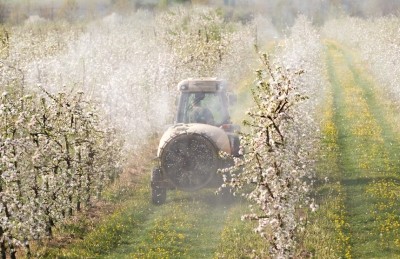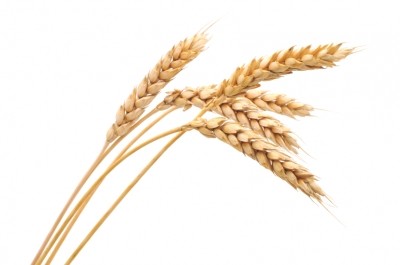EFSA pesticides report shows more than half of crops contain ‘no measurable’ residues

The new report from the European Food Safety Authority (EFSA), presents the results of the control activities related to pesticide residues in food carried out in 2011 in 29 European countries (27 Member States plus Iceland and Norway), in addition to a dietary risk assessment.
The 2011 – found here – analysed more than 79,000 samples of more than 600 food products for pesticide residues of nearly 900 pesticides, of which less than 400 were detected in measurable amounts.
“In the framework of the EU-coordinated monitoring programme which covered more than 12,000 samples 98.1 % of the tested food samples analysed complied with the legal limits and that 53.4 % of samples contained no measurable residues at all,” said the report.
“The dietary risk assessment that was performed to estimate the long-term exposure of consumers confirmed that there was no long-term risk to consumer health through their diets from 99 % of the 171 pesticides assessed.”
The analysis found that 1.9 % of the samples taken as part of the EU co-ordinated part of the program (245 out of the 12,676 samples) numerically exceeded the maximum residue levels (MRL) set out by the EU.
Of those, 1.1 % was also found to be non-compliant with the legal limits when the measurement uncertainty was taken into account, said the team.
“44.7 % of the samples (5,660 samples) contained measurable residues within the legally permitted levels,” the report added. “In 53.4 % of the samples (6,771 samples), no quantifiable residues were found (residues below the limit of quantification).”
Organic, processed, and unprocessed
The report assessed 4,117 organically produced food products – finding that compared to conventionally grown food products, organic samples a lower MRL exceedance rate (0.5 % for organic products versus 2.6 % for conventional products).
Furthermore, 7,711 samples of processed food products were taken by all reporting countries except Iceland. Overall, 1.1 % of the processed samples exceeded the MRL.
“The exceedance rate for processed products was found to be lower than the one determined for the corresponding unprocessed products,” stated the report.
Pesticide detection
Overall, the most frequently detected residues were bromide ion (36.4 %), followed by propamocarb, thiabendazole, boscalid, dithiocarbamates, chlorpyrifos, imazalil and chlormequat; all of which were found in between 5 to 25% of the samples analysed.
“It is noted that positive results for bromide ion do not necessarily reflect the use of the pesticide methyl bromide since bromide is naturally occurring in food plants,” added the EFSA report. “In certain food products the detection of dithiocarbamates (measured as CS2) is resulting from naturally occurring plant compounds and not from the use of pesticides containing dithiocarbamates.”
The food products for which the highest MRL exceedance rate was recorded were spinach (6.5 % of the samples exceeding the MRL), beans with pods (4.1% MRL exceedances), oranges (2.5%), cucumbers (2.1%), rice (2%), carrots (1.6%), mandarins (1.4%) and pears (1.1%).
The lowest percentage of samples exceeding the MRL was identified for wheat flour (0.3%) and potato samples (0.6%).
In animal products (1,429 samples of liver and poultry meat were analysed) no MRL exceedances were identified.
The pesticide/crop combinations for which residue concentrations were quantified above the reporting level most frequently were imazalil/mandarins (65.1%), imazalil/oranges (64.5%) and chlorpyrifos/mandarins (51.7%).
High frequencies were also reported for bromide ion in carrots and spinach (55.7% and 54.2%, respectively).
The highest percentages of MRL exceedances were found for dithiocarbamates in spinach (4.8% of all spinach samples), followed by residues of bromide ion in rice (2.4%), clothianidin in spinach (1.4%) and carbendazim in rice (1.1%).
























